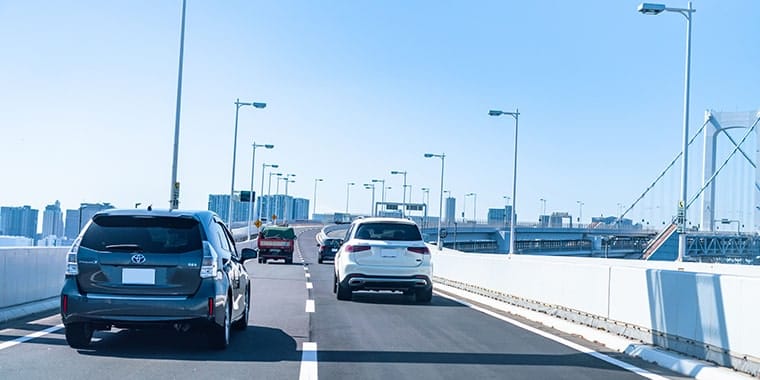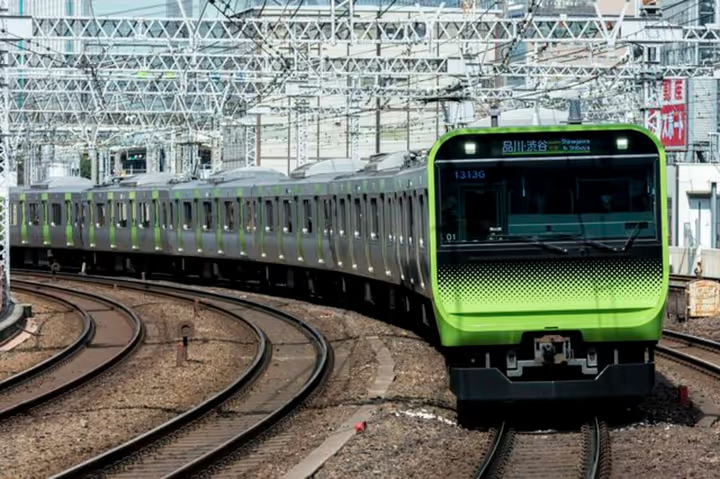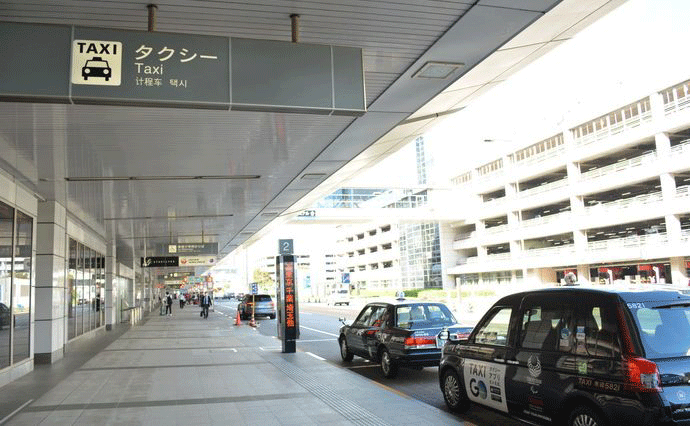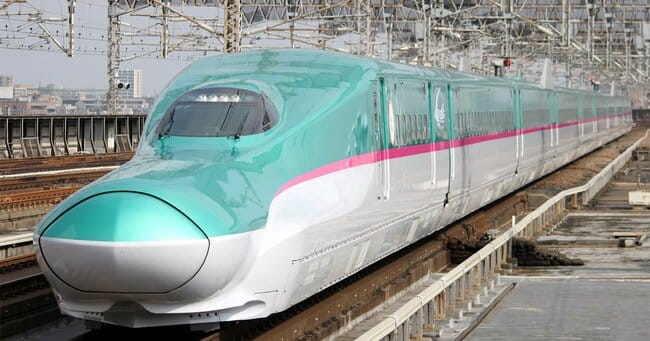Do I need an international driver's license to rent a car?
you need an International Driving Permit (IDP) to rent a car in Japan. Avoid driving in big cities like Kyoto, but renting a car is great for exploring Japan’s countryside and hidden gems!

Is an International Driver’s License Required?
Yes! To rent and drive a car in Japan, you will need an International Driving Permit (IDP), along with your passport. However, not all IDPs are accepted. Japan follows the 1949 Geneva Convention on Road Traffic, which means only IDPs issued under this convention are valid.
If your home country does not issue IDPs under this agreement (for example, China, Brazil, Mexico, or some other countries), you may need to obtain an official Japanese translation of your driver’s license from the Japan Automobile Federation (JAF) instead.
Where Can You Get an IDP?
- You must apply for your IDP in your home country before traveling to Japan.
- Most IDPs are issued by national automobile associations (such as AAA in the U.S. or RAC in the UK).
- Be aware that online-only IDPs are often scams—stick to government-approved sources.
What to Expect When Renting a Car
When you rent a car in Japan, you’ll need an International Driving Permit (IDP) and your passport. Keep in mind that IDPs aren’t valid for every country, so double-check if yours is recognized in Japan before your trip. Rental car companies are often operated by major car manufacturers like NISSAN or TOYOTA, so they’re easy to find.
Driving in Japan: Rules and Considerations
Left-Side Traffic & Strict Regulations
Japan follows left-hand traffic, meaning cars drive on the left side of the road. If you're from a right-hand traffic country, this can take some adjustment.
Additionally, Japanese driving laws are strict:
- Zero tolerance for drinking and driving – even a small amount can result in fines or arrest.
- Speed limits are lower than in many countries – typically 40-50 km/h in cities and 80-100 km/h on highways.
- Seatbelts are mandatory for all passengers, and using a phone while driving is illegal.
- Police are everywhere in cities like Tokyo, so be extra careful with local driving rules, including stopping at "stop" signs and avoiding no-entry zones.
Common Challenges for Foreign Drivers
Having driven abroad before, I can tell you that there are three key things to watch out for when driving in Japan:
- Left-Hand Traffic Adjustments: Everything, including the placement of wipers and turn signals, is reversed. This can be confusing, especially when pulling out onto the road from a convenience store or parking lot—you might forget and drive on the wrong side, which can lead to accidents.
- Strict City Rules & Speed Limits: In cities like Tokyo, police are strict. Speed limits are generally lower than in many countries—40-60 km/h on regular roads and 80-100 km/h on highways. Be sure to obey the traffic laws to avoid fines.
- Kyoto’s Narrow Streets: Avoid renting a car in downtown Kyoto. The streets are old and not designed for modern cars. They’re super narrow, packed with pedestrians, cyclists, buses, and taxis. Driving there is stressful and not worth it.
Where to Drive in Japan? Tips for Tourists
Best Places to Drive in Japan
Driving is an excellent option if you want to explore rural Japan, scenic areas, or small towns where public transportation is limited. Some great road trip destinations include:
- Hokkaido – wide roads, stunning nature, and low traffic make it a dream destination for drivers.
- Kyushu – perfect for exploring hot springs, volcanoes, and coastal scenery.
- Okinawa – renting a car is almost necessary to visit the best beaches and hidden spots.
- Nagano & the Japanese Alps – great for mountain drives and onsen (hot spring) visits.
Avoid Driving in Major Cities
While driving in Japan is generally a pleasant experience, driving in major cities like Tokyo and Osaka is not recommended. Public transport is much more efficient, and city streets are often crowded with pedestrians, bicycles, and buses.
Kyoto, in particular, is challenging—with its narrow, busy streets and limited parking, it’s often better to use buses or bicycles instead.
Final Tips for Renting a Car in Japan
- Book your rental car in advance, especially in popular travel seasons.
- ETC Cards (Electronic Toll Collection) – If you plan to use expressways, ask the rental company for an ETC card to make toll payments smoother.
- Check Parking Availability – In Japan, you cannot own a car unless you have proof of a parking space. Public parking is available but can be expensive in cities.
- Refuel Before Returning – Many rental companies require you to return the car with a full tank.
- Weather Advantage – The car’s climate control makes it perfect for Japan’s hot summers, cold winters, and sudden rain showers.
Conclusion
Driving in Japan is an exciting and convenient way to explore the country, but make sure you have the right documents before you go. An International Driving Permit (IDP) is essential, and understanding Japan’s unique traffic rules will ensure a smooth experience. While driving in rural areas is a fantastic experience, avoid driving in congested cities like Kyoto or Tokyo. With the right preparation, you’ll enjoy the freedom of discovering Japan on your own terms!
Japan experiences heavy snowfall, and driving in snowy conditions can be extremely dangerous, so you should absolutely avoid it.



Comments ()